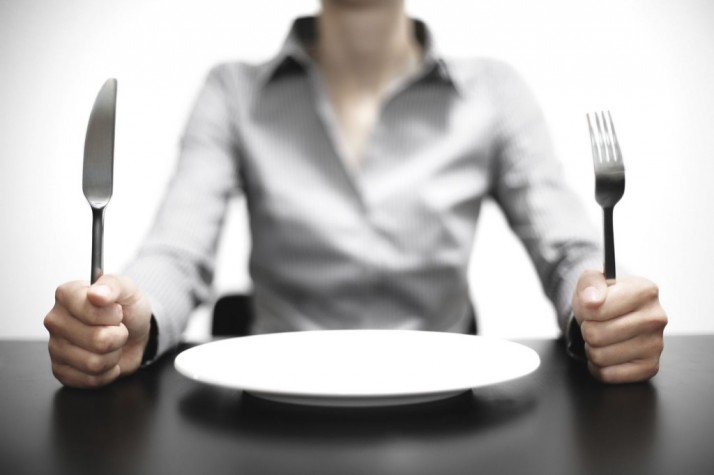Our modern, complex, processed diet has been implicated in our major illnesses, including heart disease, cancer, and diabetes. The lives of our primal ancestors, whose diet was free of junk food, sugar, chemicals, and carbs, looks more and more appealing. Paleo followers eat the way we ate when we were hunting and gathering: animal protein and plants.
Pros
Paleo diets say no to refined sugar, dairy, legumes and grains, adhering to a pre-agricultural, hunting and gathering food plan. They include meat, fish, poultry, fruits, veggies, nuts, seeds and fats. The approach is simplifed: there is no weighing, measuring, or portion control. And Paleo is very easy to order in restaurants.
Paleo is a gift for those of us on special diets, including diabetic, gluten free, dairy-free, sugar free and additive-free. It equalizes energy because there is no sugar rush and subsequent energy drop. Many people lose weight on this diet: protein , fiber and fats means you are satiated and energized. The Paleo lifestyle emphasizes fitness, sleeping well and maintaining energy.
And there are no empty calories – the diet is nutritionally dense and there are no chemicals to trigger cravings. One small study of 29 participants published in Nutrition and Metabolism in 2010 found Paleo dieters felt just as full but consumed fewer calories than their Mediterranean counterparts.
Many people find the Paleo Diet dials down the chronic inflammation that causes their allergies, joint pain, insomnia, migraines, autoimmune disorder and diabetes. Taking dairy, sugar and carbs out of their diet allows their blood sugar to stabilize and decreases the cortisol and sugars that ignite inflammation.
Cons
The life expectancy in the Upper Paleolithic was 33 – not a compelling health reason to follow the diet. Meat during that period was wild – and as a result it was much leaner and lower in fat than our domestic cattle. Cholesterol and fat are not a problem for Paleo followers, but the jury is out on how much is too much. It is not easy – or even possible – for many people to give up all grains and beans. Grass fed organic meats are expensive for many, although giving up prepared foods may compensate for the extra expense.
How does the Paleo diet stack up in conventional guidelines? USnews.com recently reported:
Fat. At about 39 percent of daily calories from fat, a sample Paleo menu exceeds the government’s 35 percent cap by a bit.
Protein. The government recommends 10 to 35 percent of daily calories come from protein; the Paleo diet clocks in around 38 percent.
Carbohydrates. At 23 percent of daily calories from carbs, it’s far below the government’s 45 to 65 percent recommendation.
Salt. The majority of Americans eat too much salt. The recommended daily maximum is 2,300 milligrams, but if you’re 51 or older, African-American, or have hypertension, diabetes, or chronic kidney disease, that limit is 1,500 mg. You won’t have trouble staying under either goal; cavemen didn’t have table salt and high-sodium processed foods, and fresh produce is virtually sodium-free.
Other key nutrients. The 2010 Dietary Guidelines call these “nutrients of concern” because many Americans get too little of one or more of them:
Fiber. Getting the recommended daily amount of 22 to 34 grams for adults helps you feel full and promotes good digestion. With such a heavy emphasis on fruits and veggies, you’ll exceed your target.
Potassium. A sufficient amount of this important nutrient, according to the 2010 Dietary Guidelines, counters salt’s ability to raise blood pressure, decreases bone loss, and reduces the risk of developing kidney stones. It’s not that easy to get the recommended daily 4,700 mg. from food. (Bananas are high in potassium, yet you’d have to eat 11 a day.) The majority of Americans take in far too little. A sample Paleo diet was nearly double the government’s suggested goal—one of few diets that manages to do it.
Calcium. It’s essential not only to build and maintain bones but to make blood vessels and muscles function properly. Many Americans don’t get enough. Women and anyone older than 50 should try especially hard to meet the government’s recommendation of 1,000 to 1,300 mg. Because you’re not allowed dairy or fortified cereals, you’ll likely only get about 700 mg. from a Paleo menu.
Vitamin B-12. Adults should shoot for 2.4 micrograms of this nutrient, which is critical for proper cell metabolism. You’ll have no trouble meeting the recommendation—fish and meat are B-12 powerhouses.
Vitamin D. You’ll get very little or none, so you’ll either have to supplement (the non-caveman way) or just make sure you spend enough time in the sun to get the 15 micrograms recommended. Some experts suggest five to 30 minutes of sun between 10 a.m. and 3 p.m., twice a week and without sunscreen, to meet the recommendation, according to the National Institutes of Health.
Supplement recommended? Up to you, but The Paleo Diet recommends Vitamin D supplements if you don’t get a decent dose of sun regularly. Fish oil capsules are suggested if you don’t like fish or shellfish. Some sources also suggest a calcium supplement.










